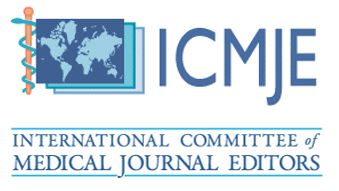Management of Bleeding in Dental Surgery: A Mini Review
Kelechi Ukaegbu*
Private practice, Houston, Texas, USA.
*Corresponding Author: Kelechi Ukaegbu, Private practice, Houston, Texas, USA.
DOI: https://doi.org/10.58624/SVOADE.2024.05.0186
Received: August 02, 2024 Published: August 20, 2024
Abstract
Bleeding is a common and potentially serious complication in dental surgery. Proper management is crucial to prevent morbidity and ensure patient safety. Dental surgery, encompassing a wide range of procedures from simple tooth extractions to complex bone augmentation procedures, inherently carries the risk of bleeding complications. These can be exacerbated in patients with underlying conditions such as anticoagulation therapy or hereditary bleeding disorders. Managing bleeding effectively in these scenarios is a significant challenge for dental practitioners. Hemostasis is a normal process that occurs immediately after such procedures, involving a balance between fibrinolytic factors and the hemostatic system through three steps: vascular spasm of blood vessels and smooth muscles, aggregation of platelets to form a plug, and the coagulation sequence by extrinsic and intrinsic factors. Interruption of this process may be caused by certain medical conditions and medications. Knowledge of the normal hemostatic cascade can help clinicians detect individuals with a high risk of bleeding risk and prevent surgical complications.
Keywords: Dental Surgery, Bleeding Management, Hemostatic Cascade.
Citation: Ukaegbu K. Management of Bleeding in Dental Surgery: A Mini Review. SVOA Dentistry 2024, 5:4, 158-163. doi:10.58624/SVOADE.2024.05.0186











